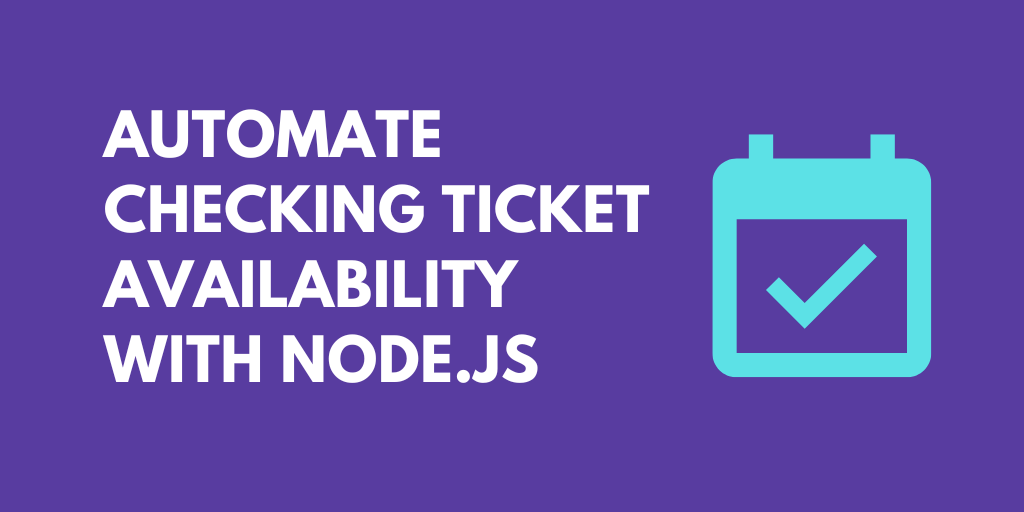What do you want to automate
with Trengo and Node?
Prompt, edit and deploy AI agents that connect to Trengo, Node and 3,000+ other apps in seconds.
Trusted by 1,000,000+ developers from startups to Fortune 500 companies
Popular Trengo and Node Triggers#
Emit new event when an inbound message is received. See the documentation
Emit new event when an internal note is added. See the documentation
Emit new event when an outbound message sent. See the documentation
Emit new event when a phone call ends. See the documentation
Emit new event when an phone call missed. See the documentation
Popular Trengo and Node Actions#
Write custom Node.js code and use any of the 400k+ npm packages available. Refer to the Pipedream Node docs to learn more.
Creates a contact. If a contact with given identifier already exists, returns it. See the documentation
Overview of Trengo#
The Trengo API provides programmatic access to Trengo's multi-channel communication platform, allowing for the streamlining of customer interactions across various channels such as email, SMS, social media, and chat. By leveraging the Trengo API on Pipedream, you can automate customer support workflows, sync communication data with CRM systems, and trigger alerts or actions based on specific customer queries or events.
Connect Trengo#
import { axios } from "@pipedream/platform"
export default defineComponent({
props: {
trengo: {
type: "app",
app: "trengo",
}
},
async run({steps, $}) {
return await axios($, {
url: `https://app.trengo.eu/api/v2/users`,
headers: {
Authorization: `Bearer ${this.trengo.$auth.access_token}`,
},
})
},
})
Overview of Node#
Develop, run and deploy your Node.js code in Pipedream workflows, using it between no-code steps, with connected accounts, or integrate Data Stores and File Stores
This includes installing NPM packages, within your code without having to manage a package.json file or running npm install.
Below is an example of installing the axios package in a Pipedream Node.js code step. Pipedream imports the axios package, performs the API request, and shares the response with subsequent workflow steps:
Connect Node#
// To use previous step data, pass the `steps` object to the run() function
export default defineComponent({
async run({ steps, $ }) {
// Return data to use it in future steps
return steps.trigger.event
},
})Community Posts#
